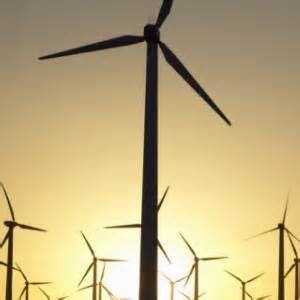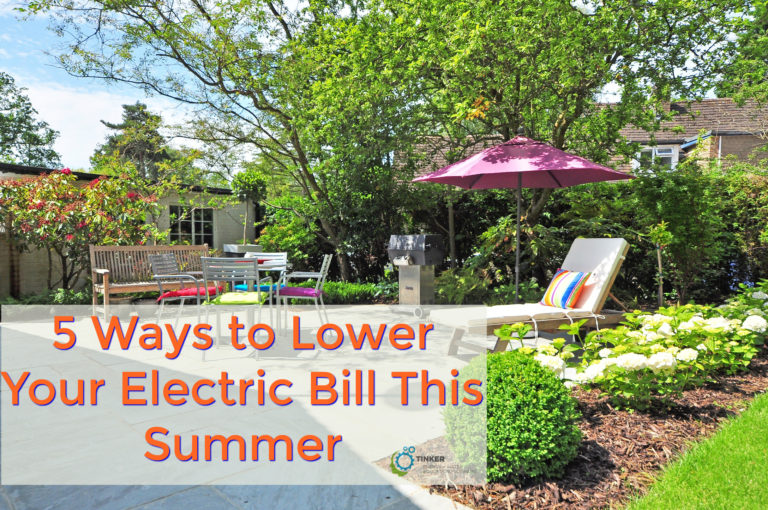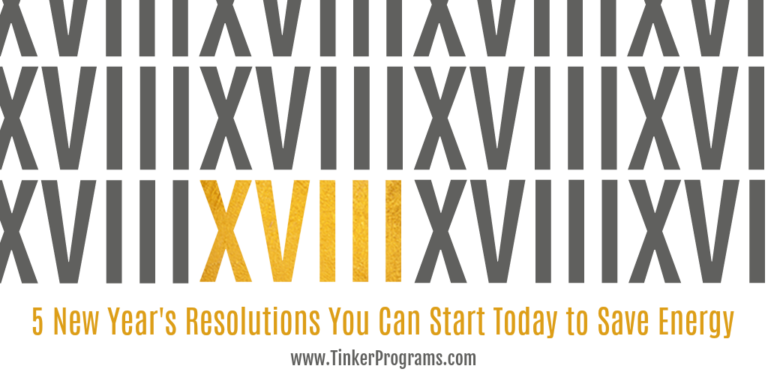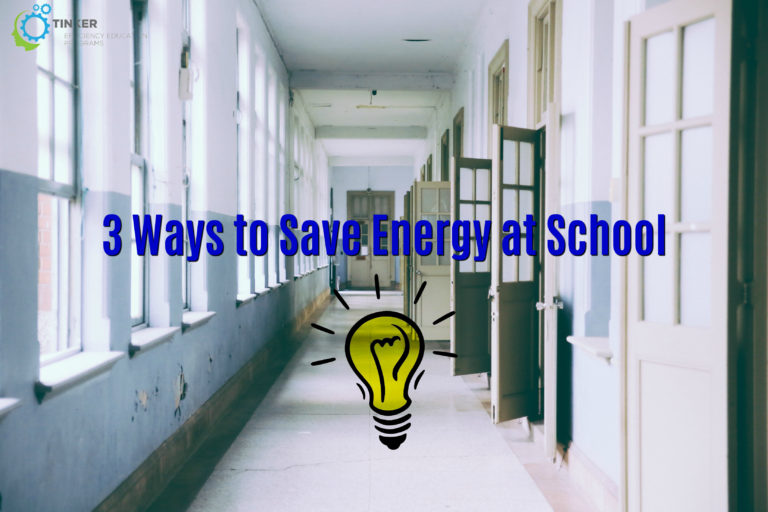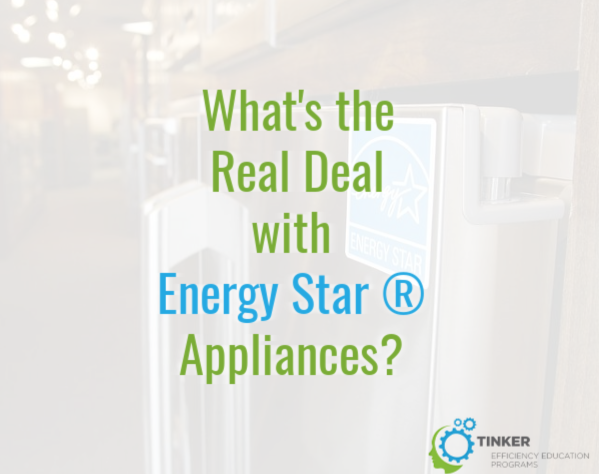Distributed Generation
You may have heard of distributed generation, but what exactly is it? In essence, distributed generation refers to power generated at the point of consumption. Consider how your laptop is distributed computing and you cellphone distributed telephony. Distributed generation works just the same.
The most commonly recognized forms of distributed generation now are combustion generators and solar panels – but the former does not produce clean energy and the latter is far less efficient than many initially believe.
Fortunately, renewable energy generators are becoming more popular and accessible as the desire for clean, efficient energy is rising.
There are two types of distributed generation – the local and end-point level.
Local level power generation plants are focused on renewable energy that is specific to their site, such as wind turbines and geothermal energy production. Smaller and less centralized than traditional plants, these are typically much more cost and energy efficient and even more reliable. In this case, distributed energy lessens peak loads and improves power quality.
The end-point level is focused on the individual consumer and what they can do to improve their energy conservation and efficiency. An example of this would be using a personal back-up generator for power rather than relying solely on the normal power grid. Distributed generation can provide some or even all of the needed electricity for individuals.
According to the United States Department of Energy, “[d]istributed generation will continue to be an effective energy solution under certain conditions and for certain types of customers, particularly those with needs for emergency power, uniterruptible power, and combined heat and power.” So needless to say, we’re likely to see it continue to grow.

